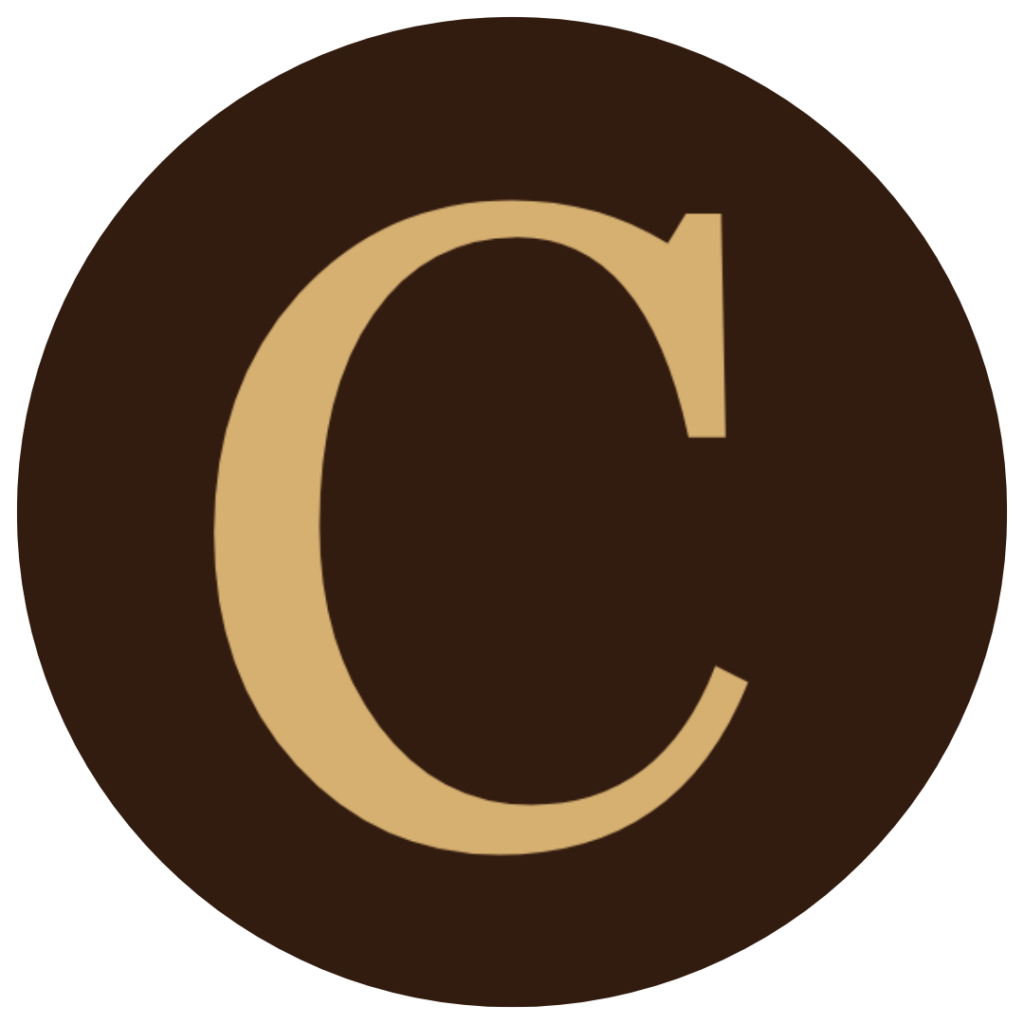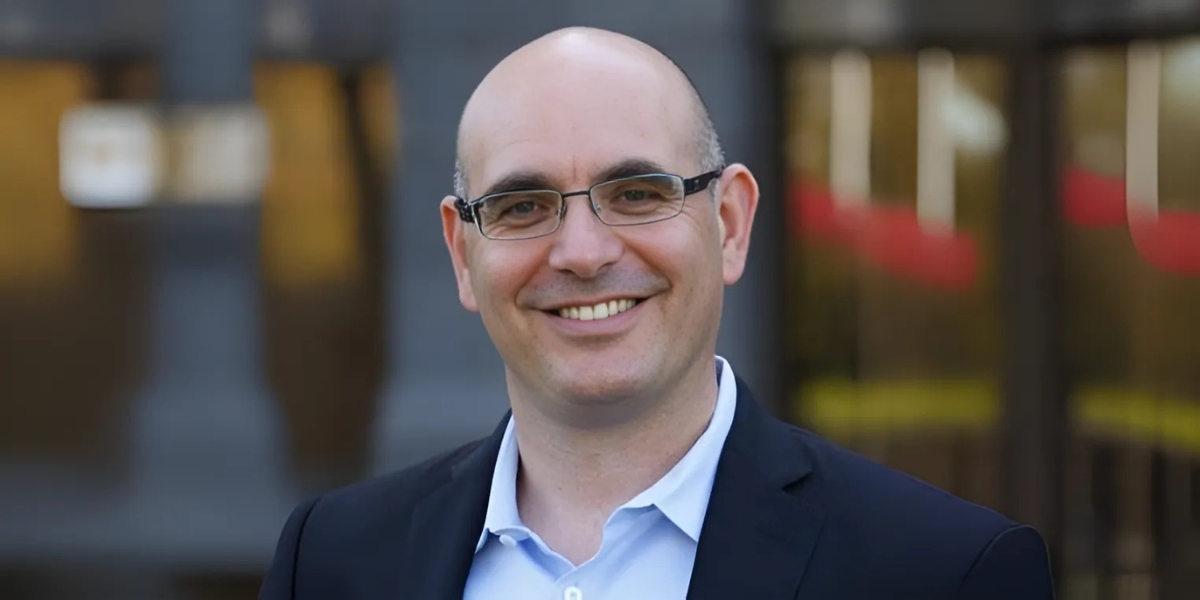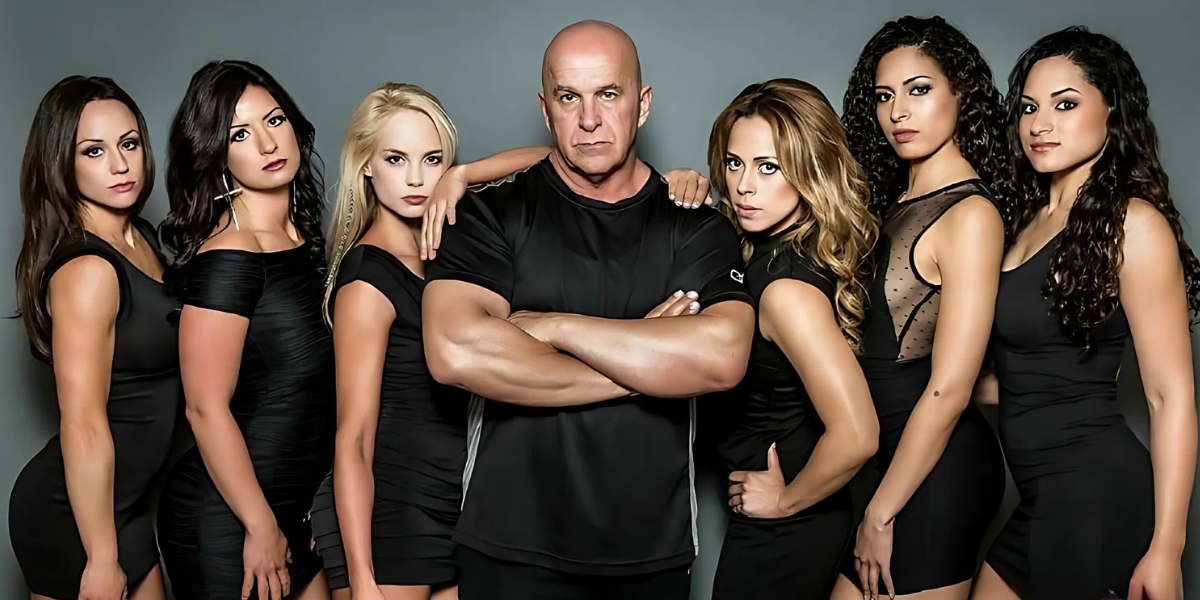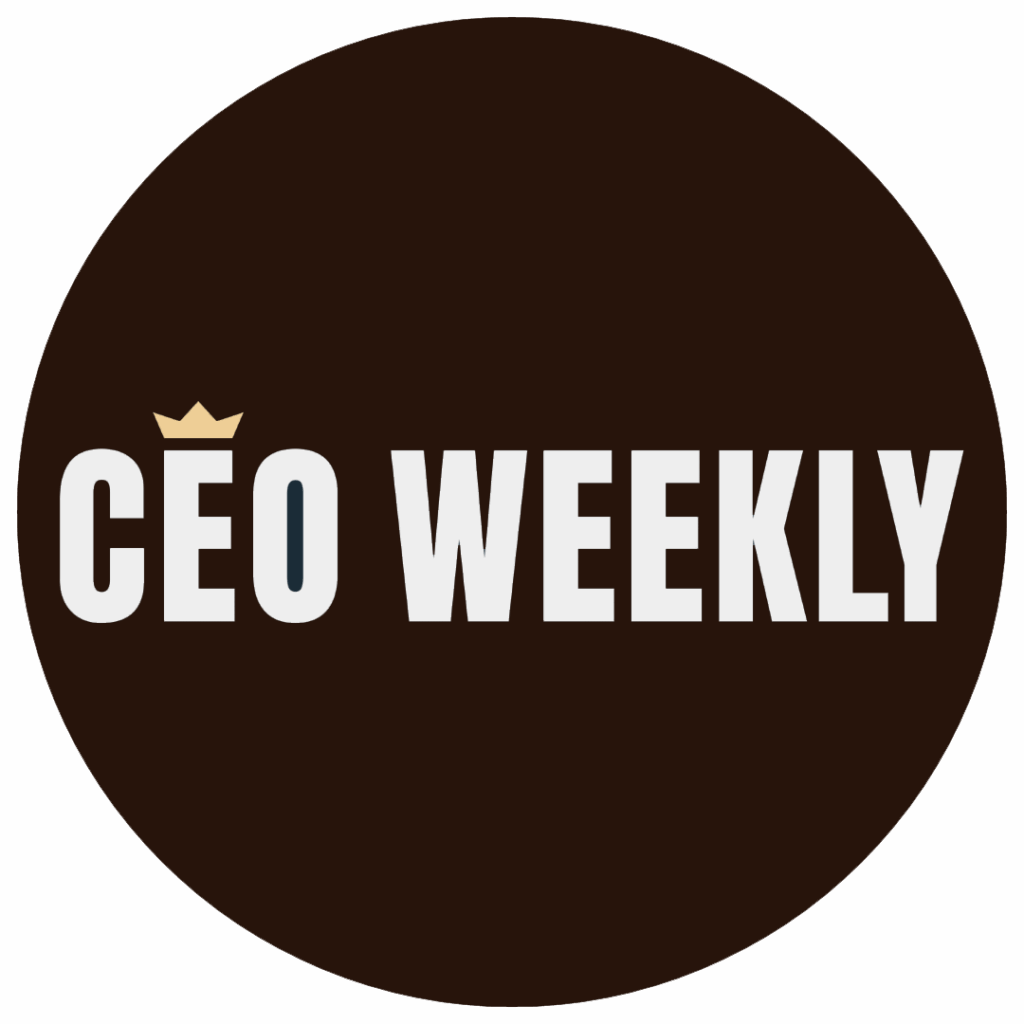By: Glen S. Wood
The following is adapted from Too Big to Care: Adopt Sustainable Business Practices or Embrace Defeat
Do you remember the first time you rode a two-wheeled bicycle without training wheels? The freedom, exhilaration, speed—and the crash? I felt all that again when my five-year-old son recently took off on his bike for the first time.
Since the wheel was discovered 6,000 years ago, humans have been drawn to the magic of the circle. Circles symbolize eternity: no beginning, no end. They embody sustainability. You can imagine Magellan’s awe when he discovered the world was round—not a flat edge, but a continuous, connected sphere.
So why, if circles are so powerful, do we often structure our businesses as if they only move in straight lines?
Circular Thinking Transforms Business
In life and business, we can follow linear paths—going from one goal to the next without pausing to consider how each step connects—or we can build systems where every action links back, creates impact, and strengthens the whole.
Linear businesses chase short-term wins and often leave behind waste—wasted effort, wasted resources, wasted talent. Circular businesses, on the other hand, are built to recapture and reuse value. Inputs feed new outcomes. Outcomes feed new insights. Insights guide better decisions. And everything strengthens the system as a whole.
Hiring Is a Circle, Not a Line
One of the clearest examples of this is in hiring.
Many companies approach hiring as a one-way street: find a person, fill the role, move on. But that mindset leads to high attrition, misalignment, and toxic dynamics. If you hire the wrong people—or keep the wrong people—you’ll spend more time managing problems than driving progress. It’s one of the most expensive forms of waste.
At SVL, we treat hiring as a circular process. It starts with bringing in people who match our values—not just skills on paper. That means screening for attitude, adaptability, and integrity. It also means investing in a work environment where people can thrive. We compensate well, offer meaningful parental leave, and have zero-tolerance policies on harassment and toxicity. The result? Lower turnover, stronger teams, and momentum that builds instead of resets.
Good hiring creates a virtuous circle: great people reinforce the culture, the culture attracts more great people, and the loop strengthens with every turn.
Communication That Goes Somewhere
Communication, too, can either be linear or circular.
Linear communication often looks like one-way updates, unproductive meetings, and feedback that vanishes into the void. It drains energy. It frustrates teams. It doesn’t go anywhere.
Circular communication creates feedback loops. At SVL, we’ve trained even our truck drivers—often the people with the most direct client contact—to pass along observations and feedback. That information gets shared, discussed, and translated into action. We keep our meetings shorter and more focused, with clear follow-ups and outcomes.
The result? Nothing gets stuck. Ideas flow. Improvements compound. When communication runs in circles—in the best way—value multiplies.
Don’t Just Accept the Status Quo
It’s easy to fall into linear thinking because it often presents itself as the simplest answer. But easy isn’t always right—or profitable.
Take a simple operational question: what do you do with leftover vegetable material from food prep? For years, many assumed the cheapest option was to throw it away or burn it. But that assumption was wrong. When we actually measured the cost, disposal was more than double the cost of recycling. By turning that material into fertilizer, we not only reduced costs—we created a valuable product, closed the loop, and fueled further growth.
Linear answers can feel obvious—but they’re often quietly damaging your business. Circular thinking, by contrast, asks: how do we turn this into something more?
Circles Build Resilient Companies
This mindset goes beyond operations. A circular business isn’t just efficient—it’s resilient. When your people are aligned, your communication is tight, and your decisions reinforce one another, you create momentum that doesn’t burn out. You build a business that gets stronger with each rotation.
Linear systems break. They move forward until something stalls or snaps. Circular systems adapt. They evolve. They use everything—including failure—as fuel.
Better Margins, Stronger Outcomes
And yes, circular thinking improves the bottom line.
Because you’re not burning resources on rework, rehiring, or re-explaining the same point in another long meeting. You’re not draining your people or ignoring valuable input. You’re using what you have fully—and then creating more with it.
Circular businesses grow faster and more sustainably. They operate in sync. They return more value from the same inputs—and build resilience as they go.
You Don’t Need to Reinvent the Wheel
The wheel is one of humanity’s oldest tools—and it still works.
You don’t need to reinvent it. But you do need to use it with intention. Build circles in your hiring, in your culture, in your operations, and in your thinking. Design your business so that every action supports the next—and eventually returns with more strength.
About Glen S. Wood:
Glen S. Wood is the president and co-founder of Smart Vision Logistics (SVL), a company committed to the implementation of sustainable supply chains. As an authority on the economy and parental rights in the workplace, Glen has been featured on CNN, CNBC, the BBC, and in prominent publications like The New York Times and The Washington Post.









